Roger Mayne: Youth review – an 'absorbing' picture of postwar Britain
Featuring 60 works from the self-taught photographer, the working-class are foregrounded in this exhibition

"Roger Mayne: Youth" is the first photography exhibition ever staged at London's Courtauld Gallery, said Charlotte Jansen in The Guardian. It features 60 works by Mayne, a self-taught photographer "known for his documents of working-class children on the poor and battered streets of postwar London".
Born in 1929, he was an Oxford chemistry student when he identified photography as his calling. In the 1950s, he set up in the slums of North Kensington and began documenting the world he saw around him. Mayne "sought to embed himself in the communities he photographed", and although the bombed-out streets he worked in were "virtually uninhabitable", he saw that the area was "vibrating with life". The pictures he took there focused particularly on the local children who used the streets and ruined buildings as a "playground". His work captured both the "harsh reality" of their circumstances, and their "playful innocence in the face of it". This show is a fine tribute to a photographer who helped "to shape the visual identity of postwar Britain".
The era "of smog and food rationing" Mayne captured might feel "unimaginably remote", said Mark Hudson in The Independent. Yet the people and places in these images are "all so vividly captured, you can practically taste the acrid fug of massed coal fires". His most famous photos, taken in North Kensington slums between 1956 and 1961, are extraordinarily evocative – timeless, even. In one, boys twist and turn "on a heap of old mattresses"; another, "Girl Jiving, Southam Street", sees its subject sporting a man's jacket, looking lost in a personal "world of rhythm". As the children he photographed became teenage Teddy Boys and Teddy Girls, Mayne kept up with them. Yet while there are some "remarkable" images among these later pictures, they feel "slightly more conventional". Other shots of domestic life with his daughter Katkin and wife Ann are "excellent" compositions, but they "lack the electrifying tension" of his most celebrated work.
The Week
Escape your echo chamber. Get the facts behind the news, plus analysis from multiple perspectives.

Sign up for The Week's Free Newsletters
From our morning news briefing to a weekly Good News Newsletter, get the best of The Week delivered directly to your inbox.
From our morning news briefing to a weekly Good News Newsletter, get the best of The Week delivered directly to your inbox.
Mayne had a very different upbringing from the poor but uninhibited children he photographed, said Florence Hallett in The i Paper. He was "sent away to boarding school" at a young age and "experienced none of the freedoms" enjoyed by his subjects. Although his pictures appeared regularly in the press in the 1950s and 1960s, he saw himself not as a journalist, but as an artist.
His images are full of unusual flourishes: the curving line of a pavement kerb against a "pale expanse of road"; and "textured details of stone and brick, corrugated iron, graffiti and flaking paint" become subjects in themselves. More importantly, however, Mayne's "striking, often beautiful pictures of children, are real, unaffected, and never sentimental". This is an absorbing show. Do not miss it.
A free daily email with the biggest news stories of the day – and the best features from TheWeek.com
-
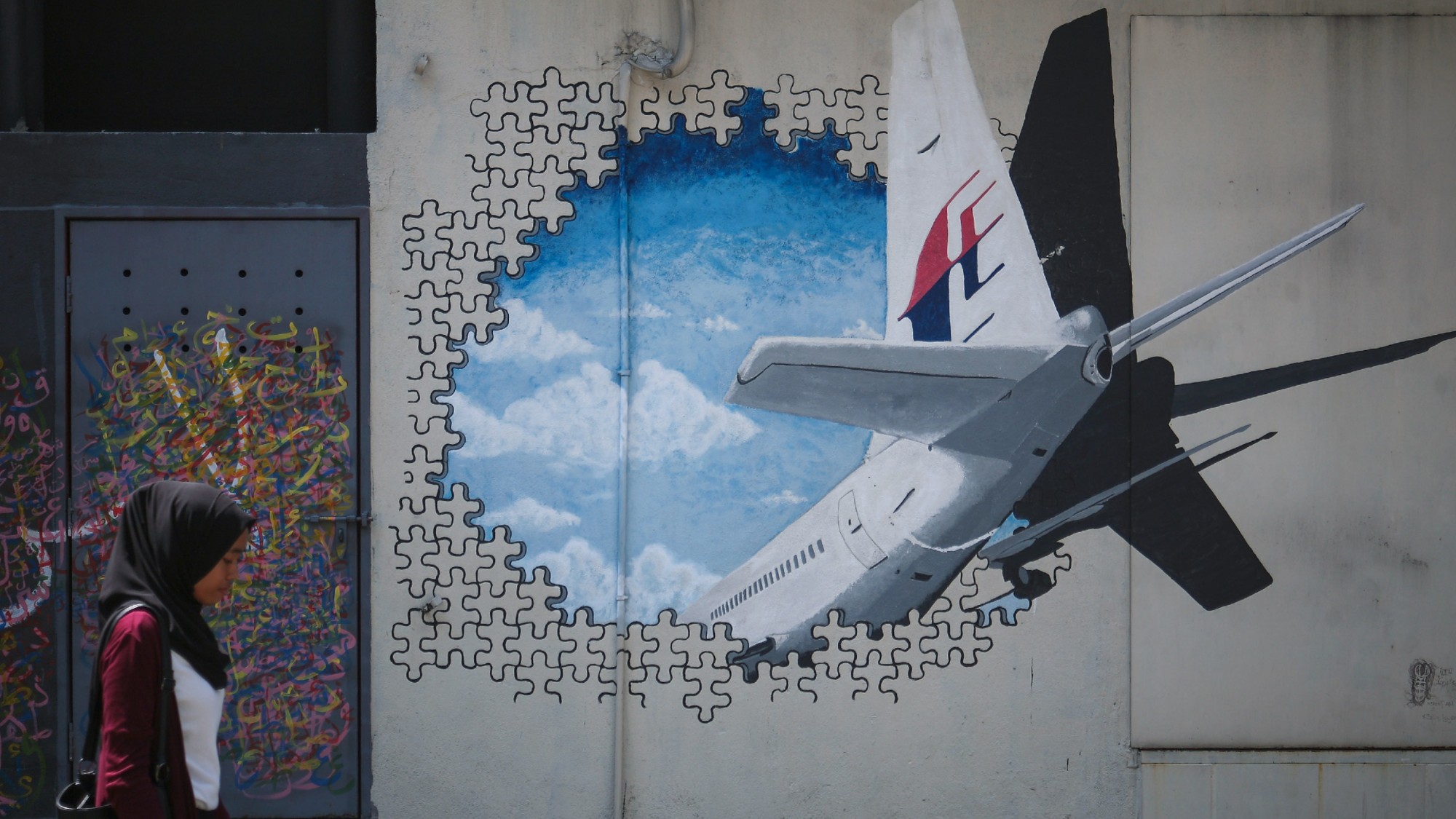 Will the mystery of MH370 be solved?
Will the mystery of MH370 be solved?Today’s Big Question New search with underwater drones could finally locate wreckage of doomed airliner
-
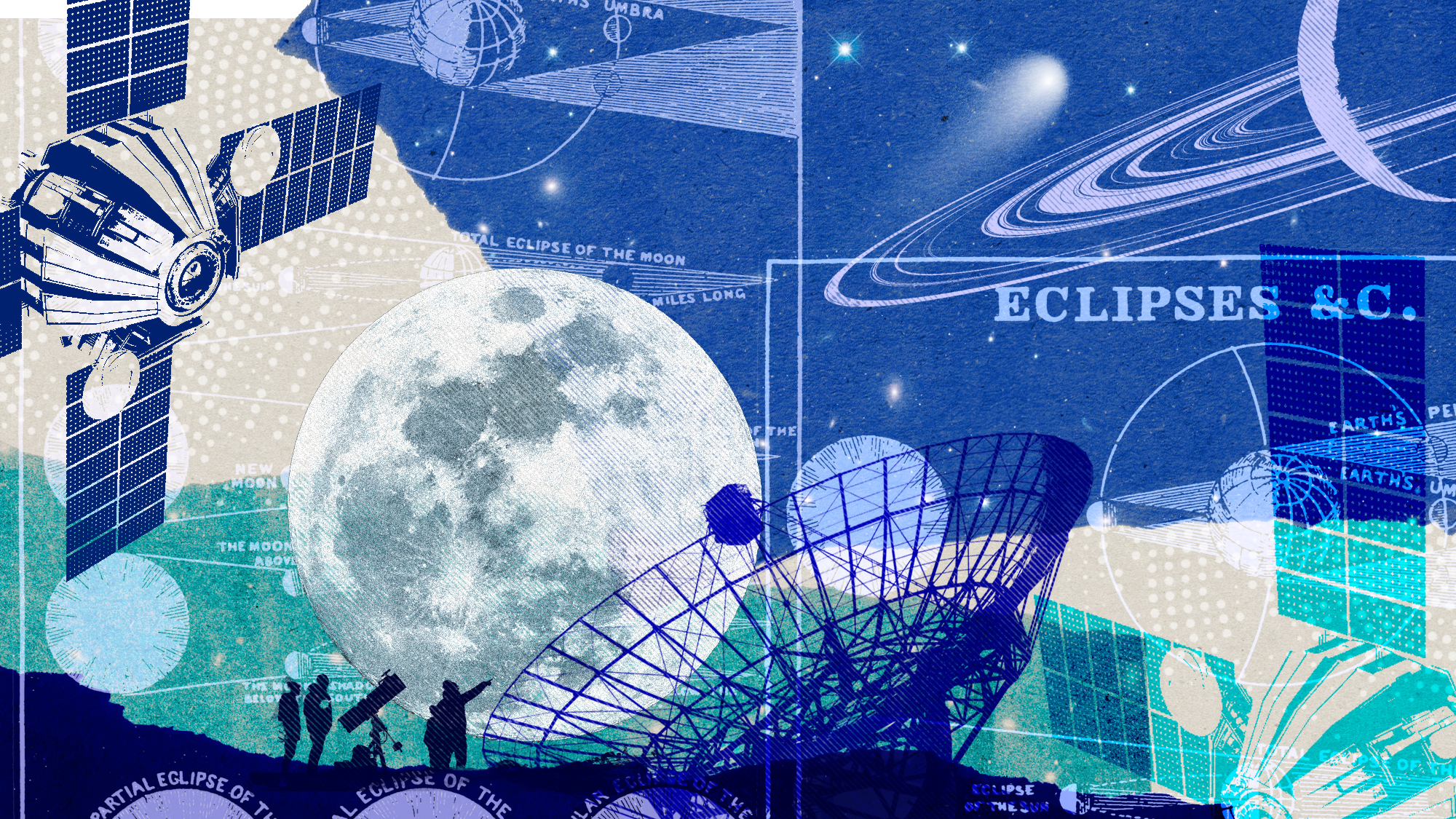 The biggest astronomy stories of 2025
The biggest astronomy stories of 2025In the spotlight From moons, to comets, to pop stars in orbit
-
 Why are micro-resolutions more likely to stick?
Why are micro-resolutions more likely to stick?In the Spotlight These smaller, achievable goals could be the key to building lasting habits
-
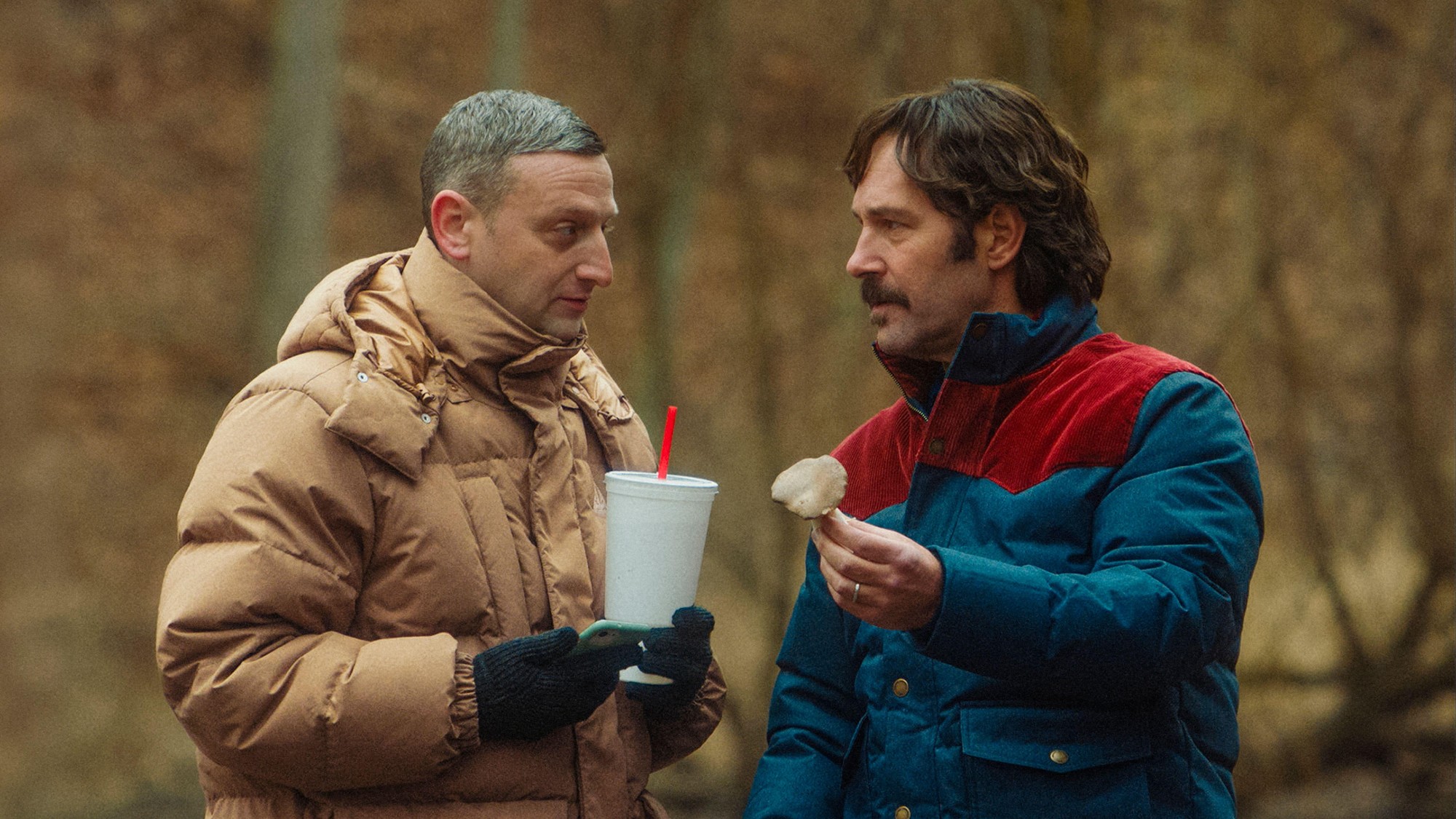 The 8 best comedy movies of 2025
The 8 best comedy movies of 2025the week recommends Filmmakers find laughs in both familiar set-ups and hopeless places
-
 The best drama TV series of 2025
The best drama TV series of 2025the week recommends From the horrors of death to the hive-mind apocalypse, TV is far from out of great ideas
-
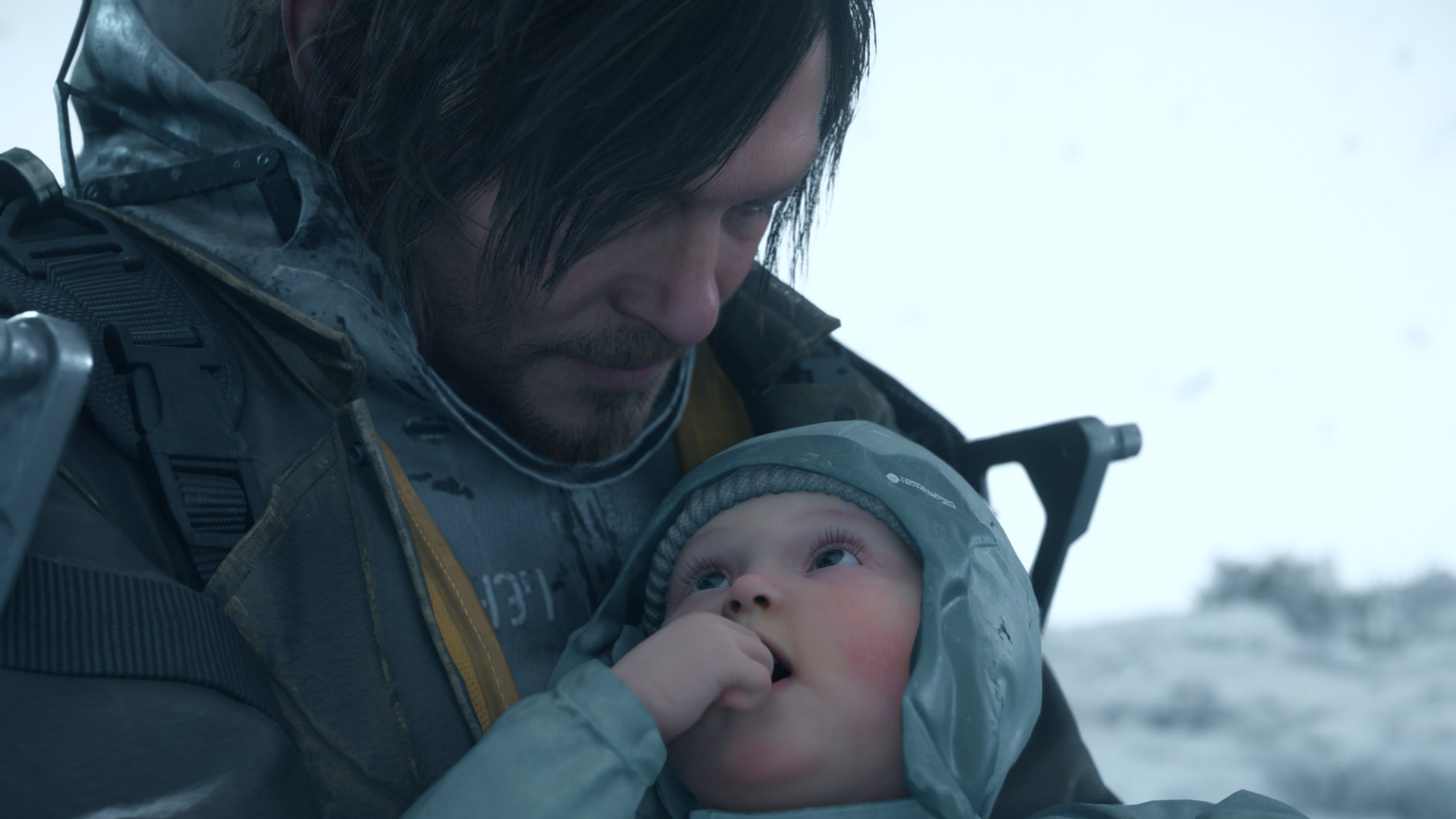 The most notable video games of 2025
The most notable video games of 2025The Week Recommends Download some of the year’s most highly acclaimed games
-
 The best food books of 2025
The best food books of 2025The Week Recommends From mouthwatering recipes to insightful essays, these colourful books will both inspire and entertain
-
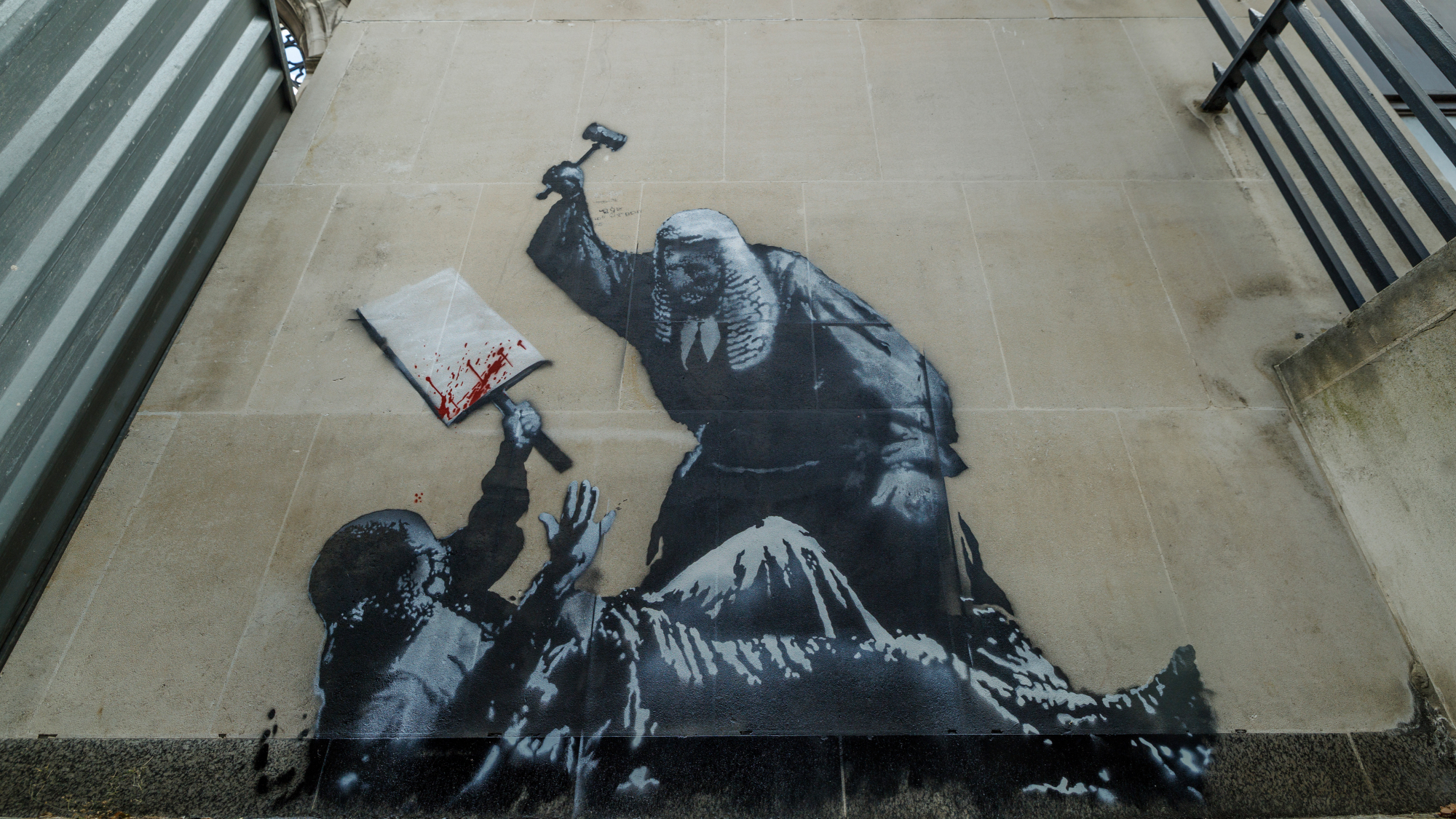 Art that made the news in 2025
Art that made the news in 2025The Explainer From a short-lived Banksy mural to an Egyptian statue dating back three millennia
-
 8 restaurants that are exactly what you need this winter
8 restaurants that are exactly what you need this winterThe Week Recommends Old standards and exciting newcomers alike
-
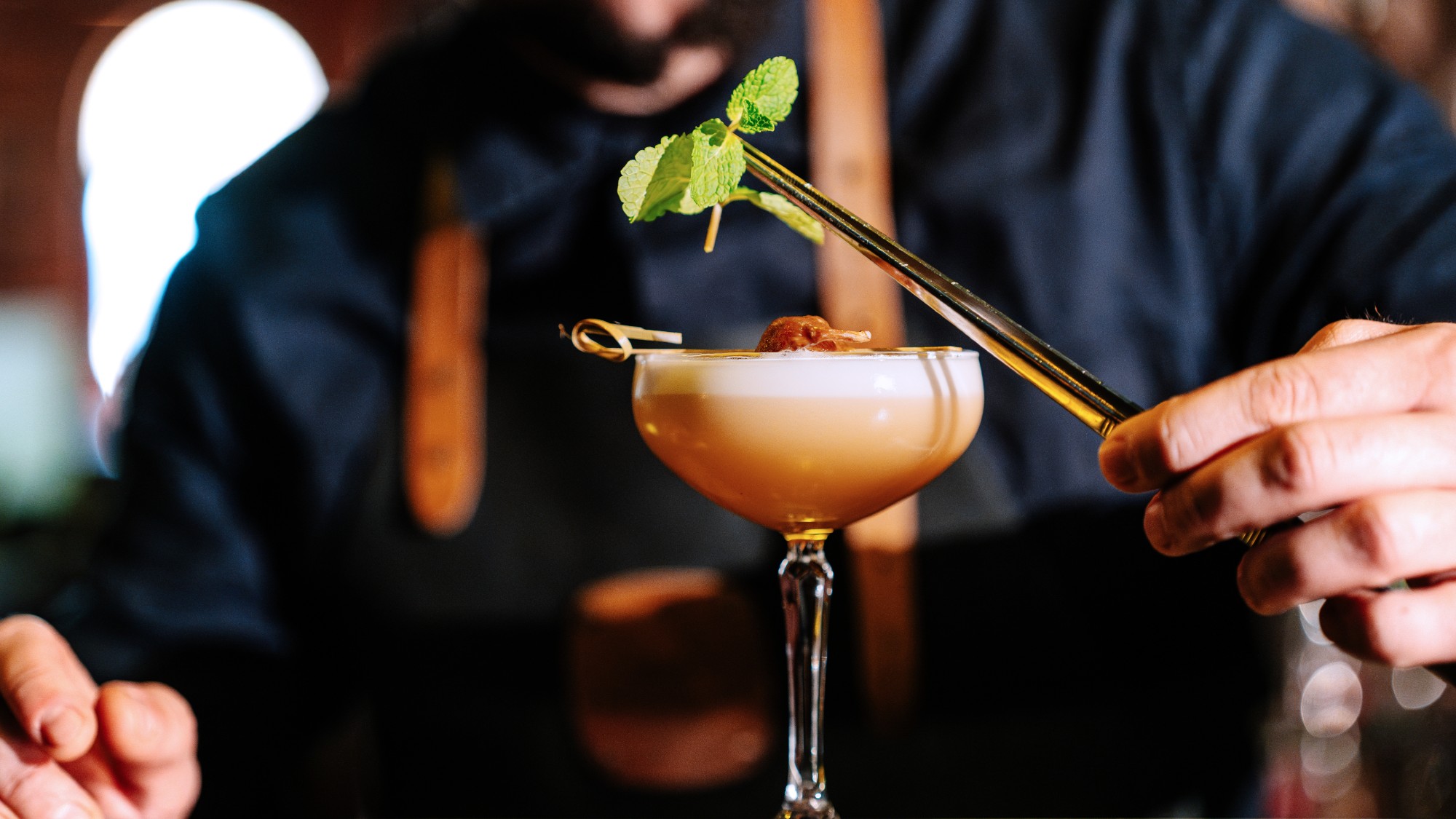 7 bars with comforting cocktails and great hospitality
7 bars with comforting cocktails and great hospitalitythe week recommends Winter is a fine time for going out and drinking up
-
 7 recipes that meet you wherever you are during winter
7 recipes that meet you wherever you are during winterthe week recommends Low-key January and decadent holiday eating are all accounted for